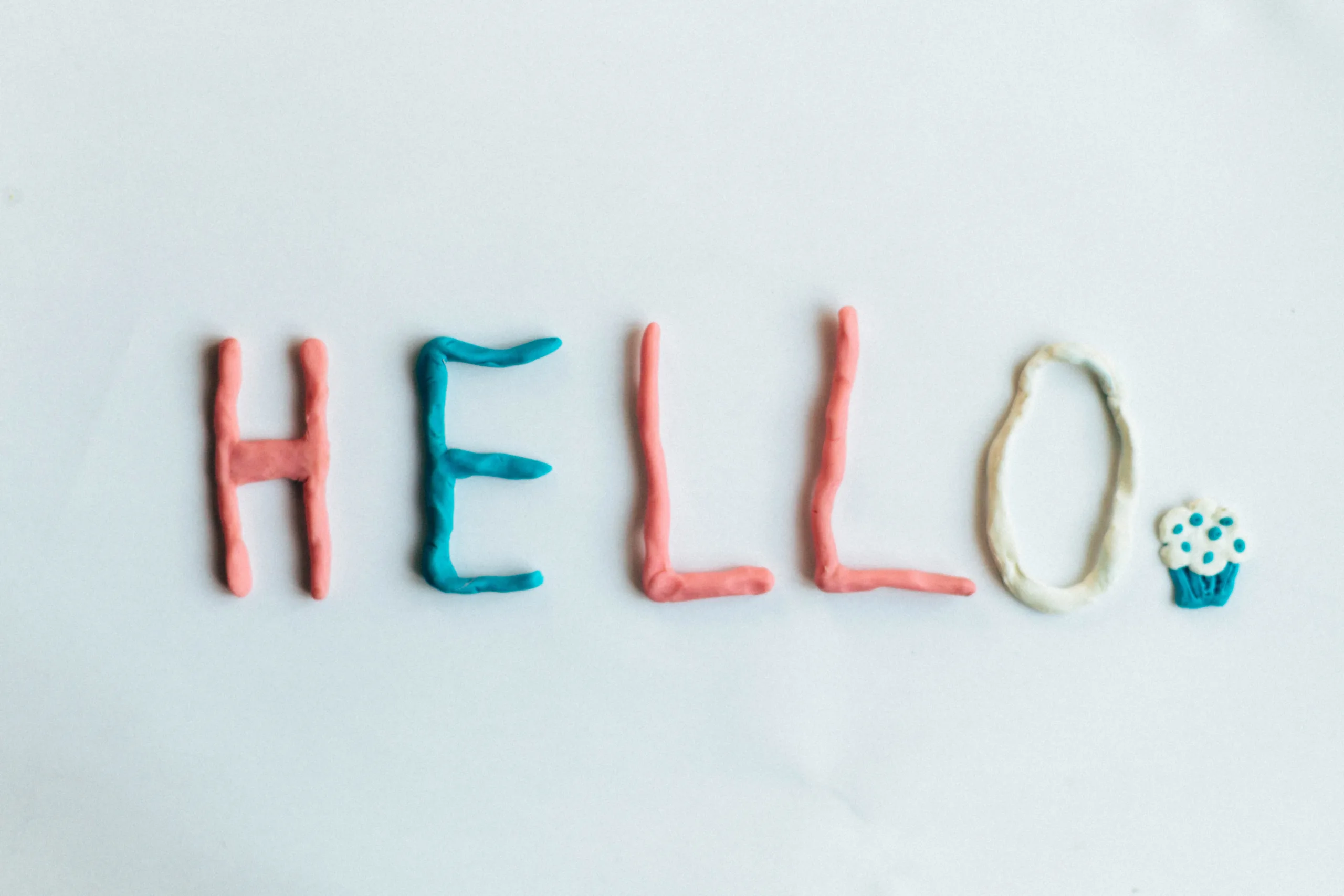Hey there! Are you ready to dive into the enchanting world of Japanese greetings? Saying hello is the first step to connecting with others and showing respect in any culture, and Japan is no exception. So, get ready to embark on a linguistic adventure as we explore the delightful ways to say hello in Japanese. Let’s put on our friendly smiles and discover the magic of Japanese greetings together!
Konnichiwa: The Classic and Universal Greeting
When it comes to saying hello in Japanese, the classic and most commonly used word is “Konnichiwa.” It’s like a warm ray of sunshine, spreading positivity and setting the stage for friendly interactions.
“Konnichiwa” is a versatile greeting that can be used throughout the day. It’s the Japanese equivalent of “hello” or “good day.” Whether you’re meeting someone for the first time, greeting friends, or stepping into a store, “Konnichiwa” is your go-to phrase.
Remember to pronounce it with a gentle and melodic tone: “Konnichiwa.” Let the rhythm of the word lift your spirits and radiate friendliness to those around you.
Ohayō gozaimasu: The Morning Greeting
If you’re an early bird or find yourself greeting someone in the morning, “Ohayō gozaimasu” is the perfect phrase to brighten up the start of the day. It’s like a cup of freshly brewed coffee, energizing and setting a positive tone for the hours to come.
“Ohayō gozaimasu” is the formal way to say “good morning” in Japanese. It’s a polite and respectful greeting that acknowledges the new day and shows consideration for the person you’re addressing. Whether it’s your family members, colleagues, or acquaintances, starting the day with “Ohayō gozaimasu” is sure to bring a smile to their faces.
Konbanwa: The Evening Greeting
As the sun sets and the day transitions into evening, it’s time to switch gears and embrace the phrase “Konbanwa.” This greeting is like a gentle breeze that ushers in a calm and relaxing atmosphere.
“Konbanwa” is the equivalent of “good evening” in Japanese. It’s a versatile phrase that can be used in both formal and informal settings. Whether you’re meeting friends for dinner, entering a social gathering, or bidding farewell to someone for the day, “Konbanwa” sets the stage for an enjoyable evening ahead.
Don’t forget to pronounce it with a soft and soothing tone: “Konbanwa.” Let the tranquility of the word create an ambiance of warmth and togetherness.
Nonverbal Communication: The Art of Bowing
In Japanese culture, nonverbal communication plays a significant role in greetings. Incorporating a bow with your verbal greeting adds an extra layer of respect and politeness to your interactions.
When bowing in Japan, the depth and duration of the bow vary depending on the context and the relationship between the individuals involved. A slight nod of the head is sufficient for casual or informal greetings, while a deeper and more prolonged bow is appropriate for formal situations or when showing great respect.
The bow is a beautiful gesture that expresses humility, gratitude, and appreciation. So, remember to combine your verbal greetings with a respectful bow to convey sincerity and cultural sensitivity.
Cultural Considerations: Respect and Harmony
In Japanese culture, greetings are not just about exchanging words; they reflect a deep-rooted respect for others and a desire to maintain harmony in social interactions. Understanding a few cultural nuances will enhance your greeting etiquette and show your appreciation for Japanese customs.
First and foremost, be mindful of the level of formality in your greetings. The level of formality depends on the setting and the relationship between the individuals involved. When greeting someone in a professional or formal setting, it’s best to use more polite language and gestures. On the other hand, in casual or familiar settings, you can opt for more relaxed and informal greetings.
Another cultural consideration is the importance of timing. Japanese culture places great value on punctuality and respecting others’ time. When greeting someone, make sure to do so promptly and avoid keeping them waiting. This demonstrates your consideration and respect for their schedule.
Additionally, it’s customary to address individuals using their appropriate honorific titles. Adding “-san” after someone’s name is a polite and respectful way to address them. For example, if you’re greeting someone named Hiroshi, you would say “Hiroshi-san” as a sign of respect.
Remember, a genuine smile goes a long way in any culture. When greeting someone in Japan, maintain a friendly and approachable demeanor, and don’t hesitate to offer a warm smile. It’s a universal gesture of goodwill and helps create a positive and welcoming atmosphere.
Conclusion: Embracing the Art of Japanese Greetings
Congratulations, my friend! You’ve now mastered the art of saying hello in Japanese. From the classic and versatile “Konnichiwa” to the morning greeting of “Ohayō gozaimasu” and the evening greeting of “Konbanwa,” you have an array of phrases to brighten someone’s day and create meaningful connections.
Remember, greetings in Japan go beyond words. Incorporating nonverbal communication, such as bows, adds depth and respect to your interactions. The cultural considerations of formality, timing, and honorifics further enhance your greeting etiquette.
So, go ahead and spread warmth, respect, and harmony through your Japanese greetings. Whether you’re meeting new friends, addressing colleagues, or immersing yourself in the rich Japanese culture, let your hellos be filled with genuine kindness and a touch of cultural sensitivity.
Now, armed with your newfound knowledge, venture forth and greet the world in Japanese style. Konnichiwa! Ohayō gozaimasu! Konbanwa! Let your greetings be a gateway to meaningful connections and memorable experiences.

